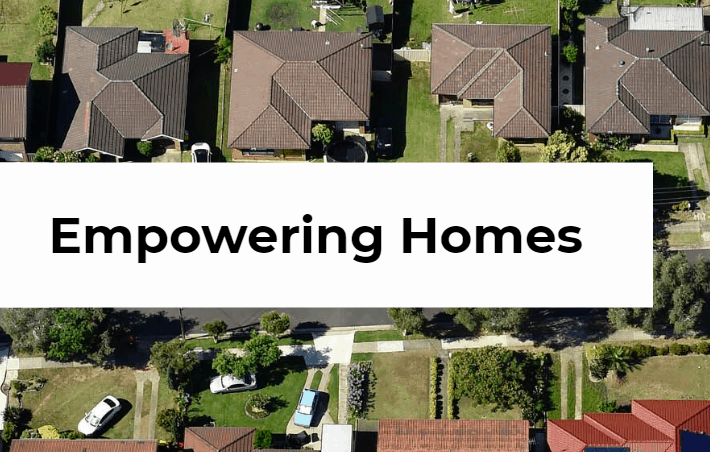Solar feed-in tariffs are incentives offered to encourage households and businesses to generate renewable energy through solar panels. These tariffs are paid to solar panel owners for the excess electricity they generate and export back to the grid. Each state in Australia has its own solar feed-in tariff scheme, which varies in terms of eligibility criteria, rates, and payment mechanisms. In this article, we will explore the different solar feed-in tariffs across states and territories in Australia.
New South Wales (NSW)
In NSW, the solar feed-in tariff is determined by electricity retailers and is not set by the state government. The rate varies between retailers and can range from 5 cents to 20 cents per kilowatt-hour (kWh). However, as of January 2022, the NSW government introduced a new Solar for Business Program that provides financial assistance to small and medium-sized businesses for installing solar panels. Under this program, eligible businesses can receive a solar feed-in tariff of up to 14 cents per kWh for excess energy exported to the grid. (source: https://www.energy.nsw.gov.au/saving-energy-and-bills/solar-battery-and-renewable-energy/solar-feed-in-tariff)
Victoria
In Victoria, the solar feed-in tariff rate is determined by the state government and is set at a minimum of 10.2 cents per kWh for residential solar systems. The rate is reviewed annually and may change depending on market conditions. In addition to the feed-in tariff, the Victorian government also offers a Solar Homes Program that provides rebates and interest-free loans for households to install solar panels. (source: https://www.solar.vic.gov.au/solar-feed-tariff)
Queensland
In Queensland, the solar feed-in tariff rate is also determined by the state government and is set at a minimum of 7.842 cents per kWh for systems up to 30kW in size. However, the rate can vary depending on the electricity retailer and the size of the solar system. The Queensland government also offers a Solar Bonus Scheme that provides a feed-in tariff of 44 cents per kWh for households that installed solar panels before July 2012. (source: https://www.qld.gov.au/housing/buying-owning-home/solar-bonus-scheme)
South Australia
In South Australia, the solar feed-in tariff is determined by the state government and is set at a minimum of 10.1 cents per kWh for residential systems. However, some electricity retailers may offer higher rates. The South Australian government also offers a Home Battery Scheme that provides subsidies for households to install battery storage systems to complement their solar panels. (source: https://www.sa.gov.au/topics/energy-and-environment/solar-battery-scheme/solar-feed-in-tariffs)
Western Australia
In Western Australia, the solar feed-in tariff is also determined by electricity retailers and can vary between 7 cents to 10 cents per kWh. However, the state government has announced that it will introduce a voluntary buyback scheme for excess solar energy generated by households. The scheme is expected to commence in mid-2023 and will pay a fixed rate of 10 cents per kWh. (source: https://www.wa.gov.au/government/publications/solar-feed-tariffs)
Tasmania
In Tasmania, the solar feed-in tariff is determined by electricity retailers and can range from 5 cents to 12 cents per kWh. However, as of January 2022, the Tasmanian government has introduced a Solar for Business Program that provides financial assistance to small and medium-sized businesses for installing solar panels. Under this program, eligible businesses can receive a solar feed-in tariff of up to 12 cents per kWh for excess energy exported to the grid.
- Source for solar feed-in tariff: https://www.auroraenergy.com.au/your-account/pricing-and-tariffs/feed-in-tariff
- Source for Solar for Business Program: https://www.business.tas.gov.au/growing-and-improving-your-business/sustainability/solar-for-business-program
Northern Territory
In the Northern Territory, the solar feed-in tariff is also determined by electricity retailers and can vary between 8 cents to 22 cents per kWh. However, the Northern Territory government does not have any specific solar incentive schemes for households or businesses.
In conclusion, the solar feed-in tariff schemes across states and territories in Australia vary in terms of rates, eligibility criteria, and payment mechanisms. While some states have government-mandated minimum rates, others rely on electricity retailers to determine the rate. It is important for households and businesses to research and compare different solar feed-in tariff schemes before deciding to install solar panels to maximize the benefits of generating renewable energy.
- Source for solar feed-in tariff: https://nt.gov.au/utilities/electricity/electricity-tariffs-and-pricing/solar-feed-in-tariffs
- Source for Solar SETuP program: https://nt.gov.au/industry/electricity-and-water-in-the-territory/solar-setup-program



